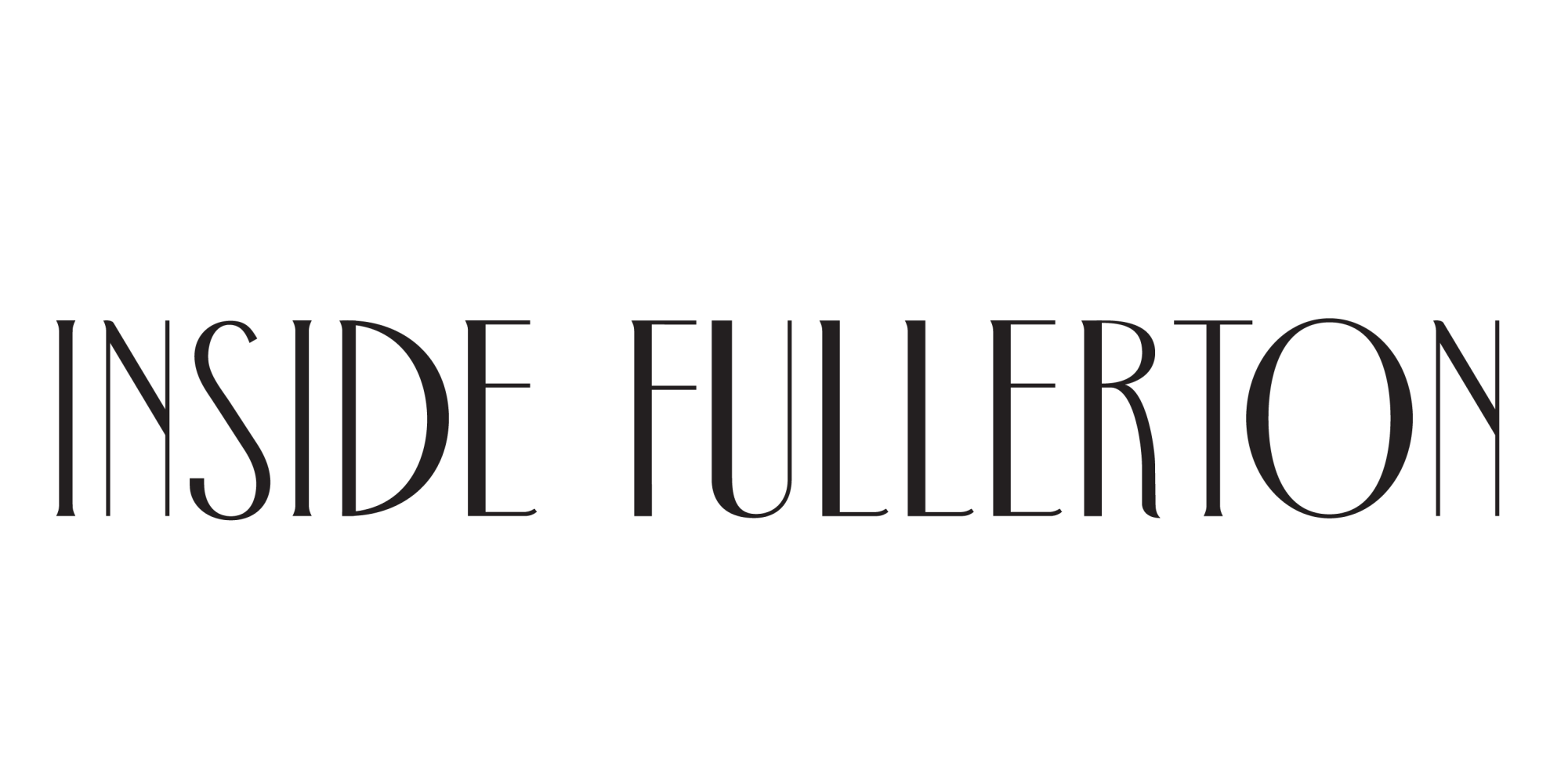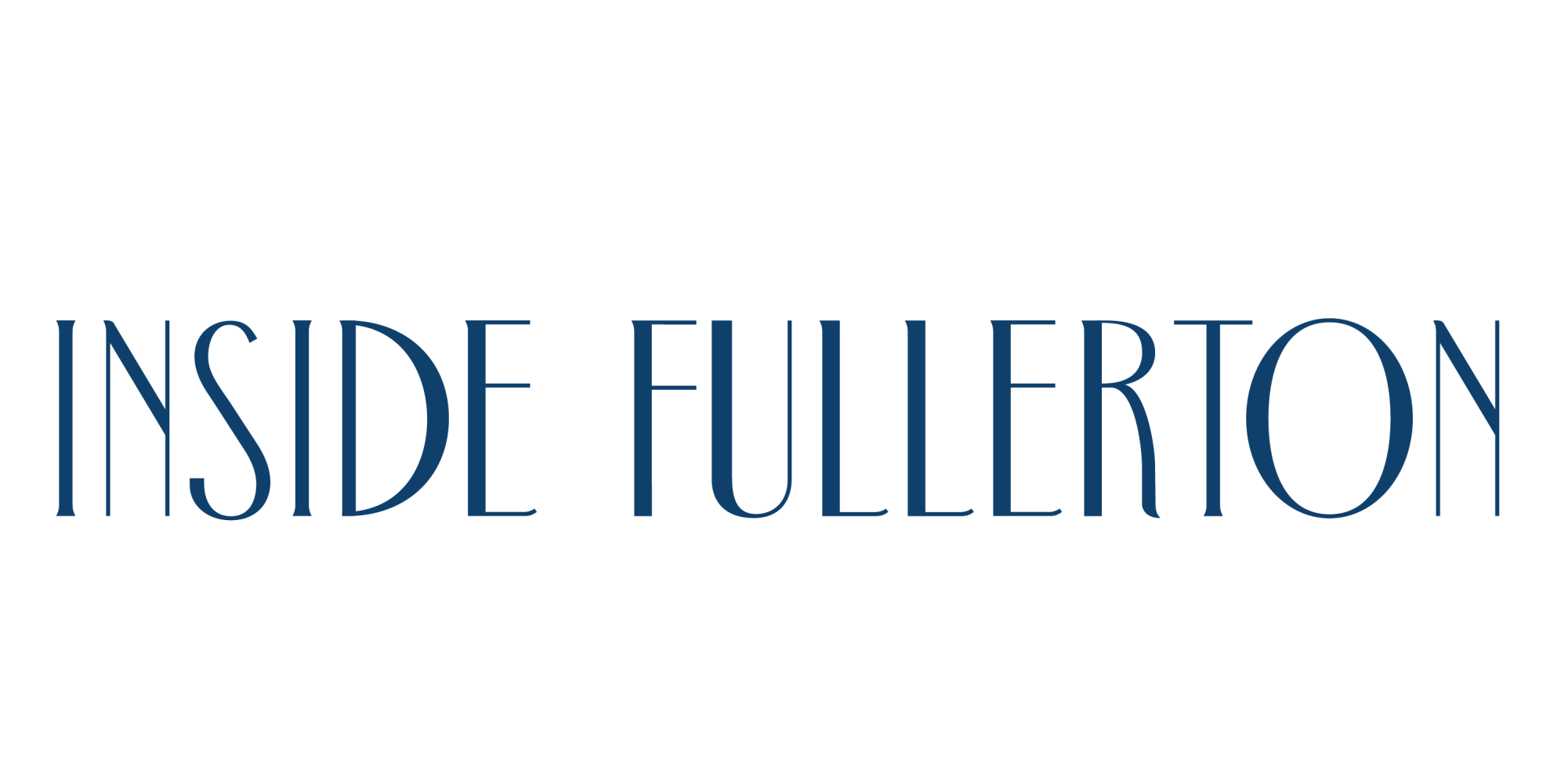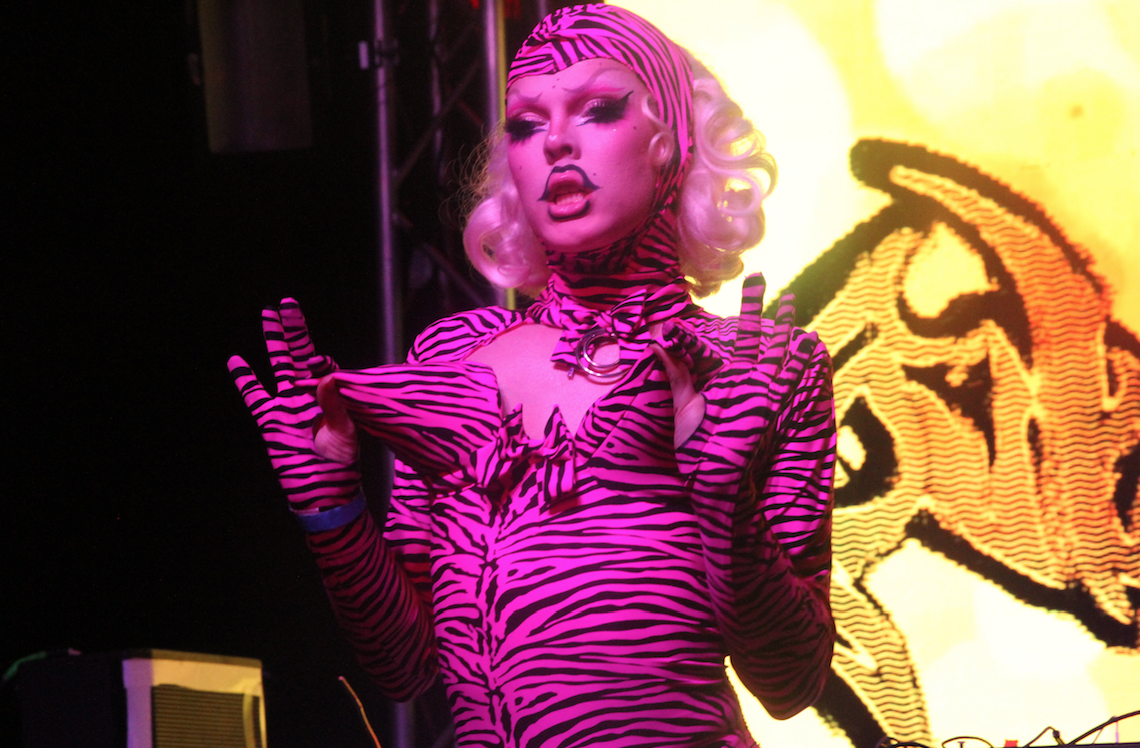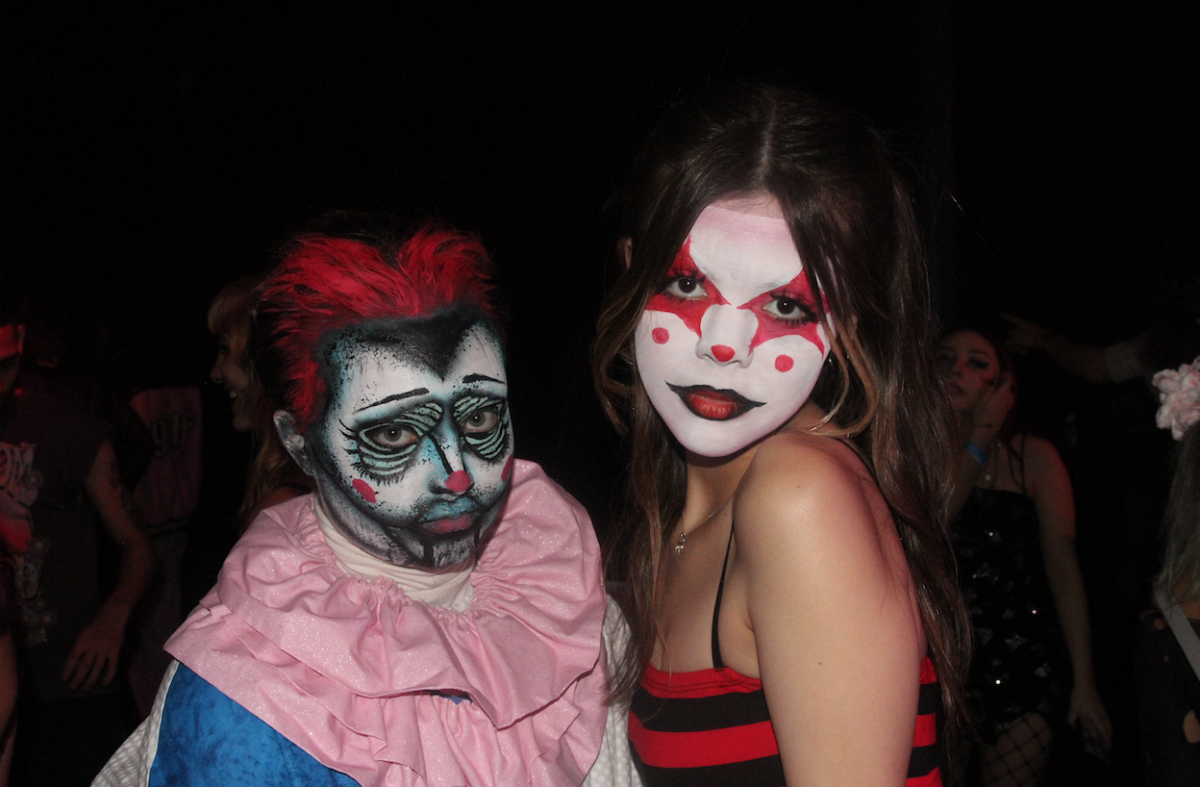It is 9 p.m. on a Friday night. You’ve made it to Downtown Los Angeles and have just inputted the coordinates of the secret location just sent to you. You don’t know exactly where you’re going–it could be a warehouse, a secluded alley, or a sewer. All you can do is follow the sound of high-energy techno music blasting and strobe lights flashing from afar. You pass by a group of cosplayers to see the bouncer and the person handling the tickets. Soon enough, you’re walking toward the inside of a sweaty underground rave.

Rave culture has become increasingly popular amongst youth and older generations. For oldheads, this is just a chance to reminisce about the past. While raves have existed since the late 1980s, rave culture has evolved since its early days of sketchy, unsafe, drug-fueled parties. Now, Gen Z ravers, including marginalized communities like queer and POC folks, are reclaiming their spaces and reshaping them into safe havens while still keeping the original rave DNA.
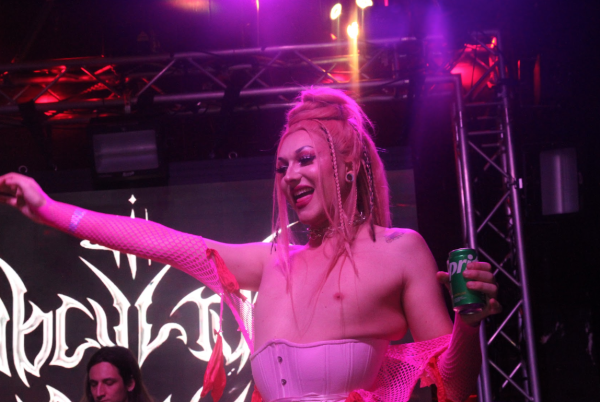
“I feel like rave culture is queer culture,” says Venus Black, resident drag queen and MC at Subculture Party, one of L.A.’s popular monthly rave parties. “Raves were started by POC people that were queer. So, of course, it’s going to be embedded in the culture.”
Since their start in the late 1980s, raves were considered safe havens for gay, black and brown folks in big cities like Chicago, London and New York City, according to research by Grinnell College. Raves at the time featured European techno, music that helped pioneer the subculture, and American house music. An October 2021 article in Teen Vogue described rave culture as “an amalgamation of synth-heavy instrumentation that challenged conventional electronic dance production, giving an intense feeling of escapism.”
Rave culture is incredibly large around the globe as well. The Love Parade in West Berlin, Germany, was an iconic electronic music festival that ran from 1989 to 2010. Attendees danced unstoppably in the streets until the Love Parade came to an end in 2010 when a mass crowd-crush incident took the lives of 21 people. About 1.4 million people were estimated to be in attendance and only 3,200 police were on hand. Before the crowds got out of hand, the Love Parade was truly the place to be and many consider it one of the best street parties to ever exist.
Danny Rivas, 21-year-old resident DJ at Subculture Party, better known as Dannytron3000, thinks raves continue to be safe havens for outsiders because they are outlets that allow you to be creative, even if it’s just for a night out. It’s like playing dress up for a night and letting your alter ego break free.
“Everybody else there is dressed up and is having fun and they already know what it’s like to be stared at, so being around people who feel the same way makes you feel like you’re being looked at—but not in like a judgmental way. It’s more of an appreciative way,” says Rivas.
Raves are intended to be a welcoming environment for anyone. Many consider them to be a safe space for people of all gender identities, those who feel like they don’t fit into society and others who simply enjoy the underground music genre. Raves have a set of principles commonly used at all events: P.L.U.R., which stands for Peace, Love, Unity and Respect.
Kandi are common accessories found in American raves. Ravers trade these pony-bead bracelets using the P.L.U.R. handshake, by intertwining their fingers with someone else’s and sliding the bracelet from wrist to wrist. Rivas explains that these handmade bracelets are symbolic of the birth of a new friendship with that person.
“That’s how you show that you have become friends with somebody,” says Rivas about Kandi sharing and the P.L.U.R. handshake.
For many, music is the most important part of raves. Lovers of house, techno, EDM and hyperpop will have a great time at a rave dancing along to the live performances. Some artists in the line-up at Subculture Party are OnlyFire, Chase Icon and Umru.
“I place a very heavy emphasis on the music,” says Kimberly Nava, an 18-year-old regular at Subculture Party who has been raving since 2021. “A lot of the tracks that get played are either unreleased or they’re old remixes, so you can’t really get that music like on Soundcloud or on Apple Music. It’s not really that accessible. It’s so fun to hear it live and in person.”
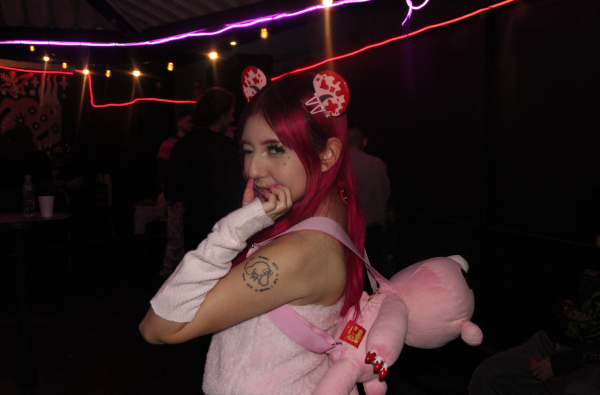
Others love the freedom associated with dressing up for raves. The creative expression involved is very important—most people dress minimally with skin showing, often to avoid heat exhaustion and to be able to move around freely.
At Subculture Party’s monthly rave in Los Angeles, ravers wore artistic makeup looks with chunky glitter, bedazzled and cow-print bras (think Doja Cat – Mooo!), colored anime wigs, and fuzzy leg warmers to beat the cold February air. Many also enjoyed dressing up in groups, finding a theme or cohesive style to complement each other. Fishnets and revealing tops are other great statement pieces. Fur in the right areas can also elevate any rave look while also keeping you warm on those extra chilly nights.
Bug, a DJ and Subculture regular, says they draw inspiration from ’90s grunge, emo and Harajuku fashion for their rave outfits. Bug thinks wearing what you’re comfortable with is key to having a fun night out at a rave. “I feel like the way you will have the most fun is to just wear whatever you’re comfortable in, regardless of what everyone else is wearing—and they do pull crazy, awesome looks all the time. But it’s up to everyone’s personal thing,” says Bug.
Mychal Cabrera-Mora has been raving since March 2022. His first rave was Beyond Wonderland, an outdoor music festival hosted at the NOS Event Center in San Bernardino, California. He believes raving is a form of escape, where “you can really just pretend your life isn’t your life for a minute.”
“It’s a place where you’re supposed to feel free and a place where you can be your most authentic self. And if that’s expressing your way through your clothing, through your expressions, through your love for music, you can do that in so many ways,” says Cabrera-Mora, whose go-to rave is Heav3n, another popular monthly warehouse rave in Los Angeles.
For others, going to raves in person has been a much-needed opportunity to make up for lost time after not having that during the COVID-19 pandemic. According to a study provided by the International Journal of Drug Policy, 55.5% of ravers attended some form of online rave during the lockdown. Los Angeles’ Subculture Party also transitioned into virtual raves, which actually turned out to work in their favor as they gained more popularity.
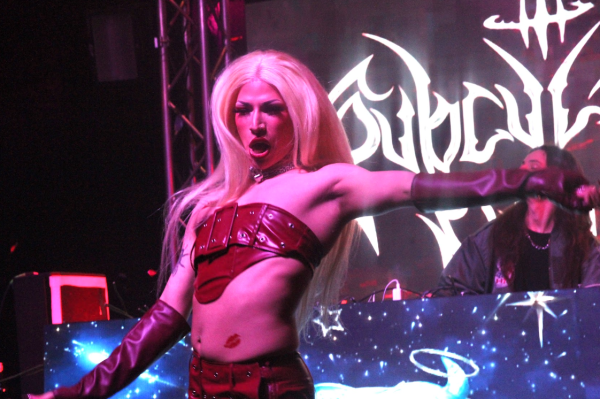
Rivas, the DJ at Subculture Party, has been raving and DJing there since she turned 18 over the pandemic. Rivas shares that these online parties were particularly enjoyable because they were less nerve-wracking than in-person ones. “On Zoom, things are definitely a little more chill because you’re just in your room like there’s not really any anxiety to it. It was never really like, oh I’m scared of the energy because everybody’s just there for fun. But in real life it was like, oh my God, these people are in front of me. They are going to watch me if I literally mess up or anything,” she says.
Others weren’t particularly fond of raving over Zoom. Nava says she started going to live concerts and raves in the fall of 2021 as soon as restrictions began lifting because she wanted to immerse herself so much more into the music culture.
“I really needed that sense of having live music back. I took all that dancing and all that singing along for granted when I didn’t have it, so I was like there’s no way that I’m gonna miss out on anything like this ever again,” says the 18-year-old pink-haired raver.
Ravers are no strangers to drug usage. People partake in licit and illicit drugs at a rave for many reasons. Many attendees choose to amplify their experience by using substances, while others use them to boost their energy in efforts to dance for longer periods of time. Research from the National Drug Intelligence Center says that “drugs like MDMA, ketamine, GHB, Rohypnol, and LSD—known collectively as ‘club drugs’—are an integral part of the rave culture.” Drug-promoting messages are commonly found across event flyers, clothes, posters, and even lyrics for songs. Drugs were even common in the virtual rave space. According to the International Journal of Drug Policy study, 40.9% of online rave attendees used illicit drugs, with marijuana being the most common.
Still, there are many sober ravers who have just as good of a time, so it is not a necessity to be high at a rave. Substance abuse is a common misconception about the raving community. Rave promoters do not recommend drug use if you aren’t in the right state of mind or if you have no desire to use; it’s not for everyone.
“Drugs are inevitable with rave culture, but there’s stations at Subculture that are offering Narcan and fentanyl testing strips for free and I think that’s an amazing thing,” says 19-year-old Allie Bovat, a college student at the University of Connecticut who visited L.A. for Subculture Party. Bovat is referring to End Overdose, an organization partnered with Subculture Party and other events that is making these drug-safe resources more accessible to ravers and the general public.
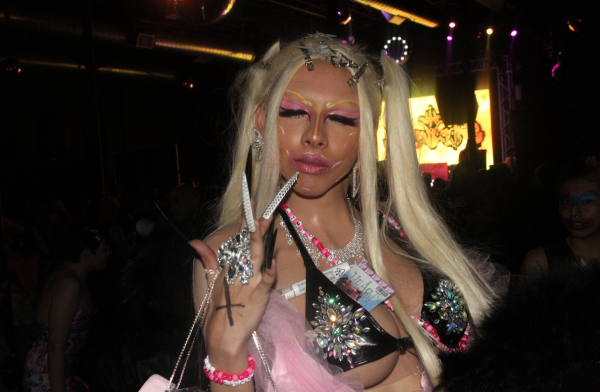
Another phenomenon within the rave scene is the concept of the solo raver. If your friends aren’t into the music or finding a plus-one becomes a task, why not enjoy a rave alone? The rave community is an inclusive one, and you’re bound to find welcoming people in the crowd who will make you feel right at home.
“I love traveling solo and being responsible for my own happiness, really not having to worry about where my friends are. I feel like that’s a pretty common factor in raves; you lose your friends. But, yeah, it’s almost fun being mysterious,” says Bovat, who has attended mostly East Coast raves including Subculture Party’s Brooklyn show held at Elsewhere Space in July 2022.
In this new era of raving, Gen Zers are doing things differently. They are reshaping rave culture in a safer and more inclusive manner with better conditions than its past. Whether alone or in a group, using substances or not, raves are an integral place for queer people, socialites, outsiders and music lovers to gather and dance the night away.
Taken from the Spring 2023 print issue of Inside Fullerton. Read it here.
